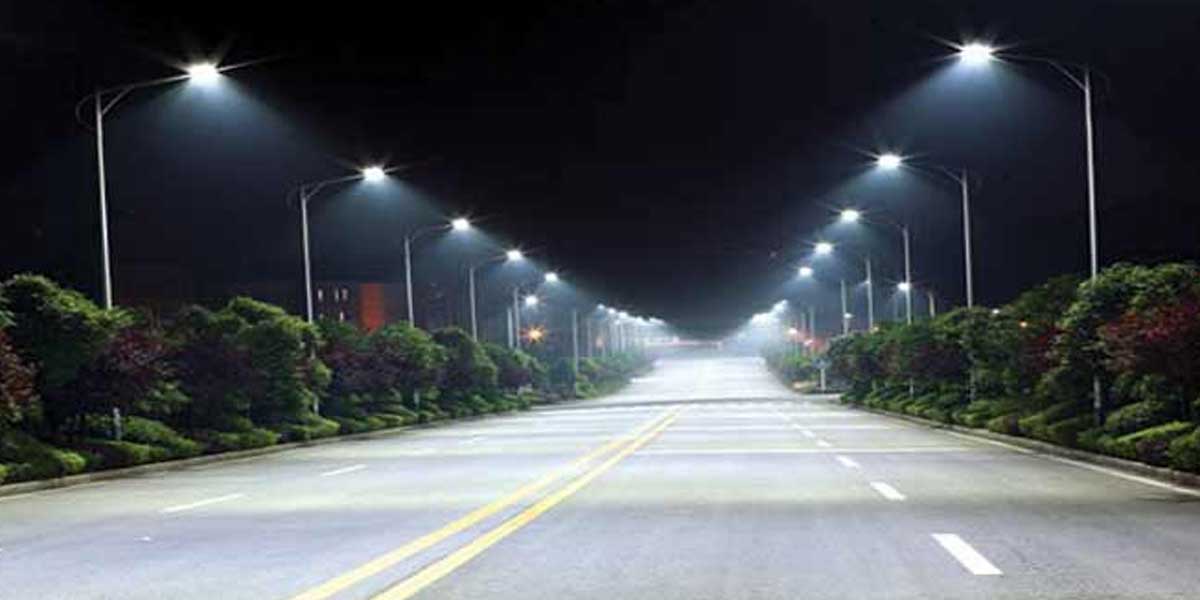The pandemic brought into focus a pre-existing malaise and the government took notice. Pratap Padode writes.
Last year, in December, we were dangerously treading close to the lows in GDP, and the project pipeline continued its downward spiral with only a quarter of projects completed at Rs 764 billion as against a target of Rs 4 trillion worth of completions scheduled for the quarter ended March 2020.
The private sector has had mixed results. The topline of companies has declined in both the first and second Covid quarters, by 6.3% in Q2FY21 and 27% in Q1FY21. Of a sample of 3,095 companies, as per a Business Today study, aggregate profit (excluding extraordinary transactions and banks and financial services) rose to 37.6% compared to a 54% plunge in the previous quarter, on a yearly basis. This was obviously a result of cost cuts, efficient utilisation of inventory and interest waivers, backed by revival of pent-up demand. The fourth quarter of FY20 is likely to be weighed down by inflationary pressures and flat demand.
Proposals worth Rs 587 billion were made for investments in the creation of new capacities during the quarter ended September 2020. This is comparable to the Rs 561 billion worth of investment proposals made initially in the previous quarter ended June 2020 where the lockdown brought activities to a grinding halt. Of this, Rs 258 billion worth of investment proposals made by both the Centre and the states are the lowest made by them in any quarter in the past 16 years, since June 2004. The private sector, too, at Rs 328 billion, is the lowest since June 2004.
New investment proposals have fallen from Rs 15 trillion in 2017-18 to Rs 14.6 trillion in 2018-19 and Rs 14.2 trillion in 2019-20. Cumulative new investment proposals in 2020-21 have been Rs 1.3 trillion. According to CMIE, new investment proposals are unlikely to cross Rs 5 trillion this year, the lowest since 2004-05.
The pandemic surely brought into focus the economic malaise and the government recognised that it needed to be fixed, finally. The Finance Minister announced Atmanirbhar stimulus packages to help the economy face the setback caused. The government also began to use the opportunity to unleash some bold reforms, including:
Commercialising the mining sector
Agriculture reforms
Opening defence to domestic production by increasing FDI under automatic route from 49% to 74%
Consolidation of 44 labour laws into four codes under the Wage Code Bill
Industrial Relations Code 2020
The PLI scheme wherein it drew 16 proposals from domestic and international companies entailing investment of Rs 110 billion to manufacture mobile phones worth Rs 11.5 trillion over the next five years
Initiating the Central Government's contribution of 24% of EPF wages (12%+12%) for establishments with up to 1,000 employees and 12% (employee part) of EPF for establishments with over 1,000 employees for two years
Income tax relief to developers and homebuyers
The Department for Promotion of Industry and Internal Trade identified 24 sectors and believes they can add Rs 20 trillion to manufacturing output when policies are fully implemented. The sectors identified include food processing, toys, furniture, agro chemicals, textiles, organic farming, iron, aluminium and copper, electronics, industrial machinery, furniture, leather, shoes, and auto parts, among others.The Government has also started a pilot of a land bank where over 1 lakh hectares of industrial land is available for industry to start operations in India.
Going forward, India is already at or on the brink of ‘stagflation’, where we will see stagnation and inflation. The inflation is ‘cost-push’ led. We are also likely victims of ‘salad bowl stagflation’ where even though pump-priming fiscal stimuli in one country fails to cure stagnation in that country,it could trigger inflation in other countries where excess liquidity will land up. However, several economists argue that we should not have an excessive obsession with ‘inflation-targeting’ and should continue public spending to awaken India from its economic slumber.
Wake up India—Happy New Year!
Author: Pratap Padode is Editor-in-Chief, Construction World, & Founder, FIRST Construction Council
Also read: Why India’s GDP is leaking!
Also read: Equity infusion worth Rs 6,000 crore into NIIF on cards




















